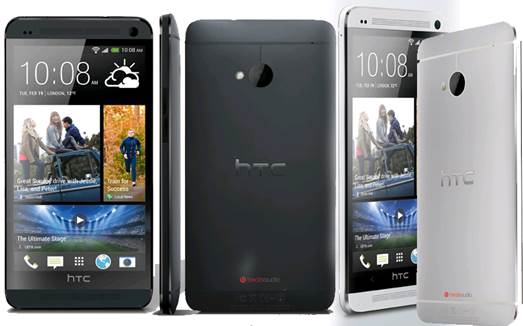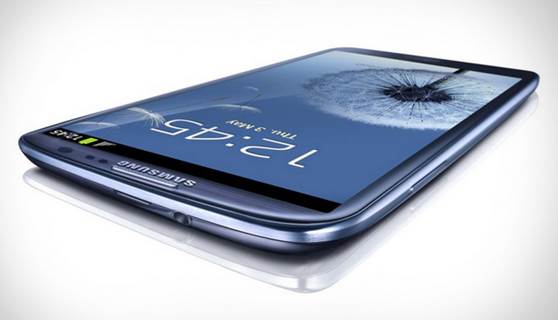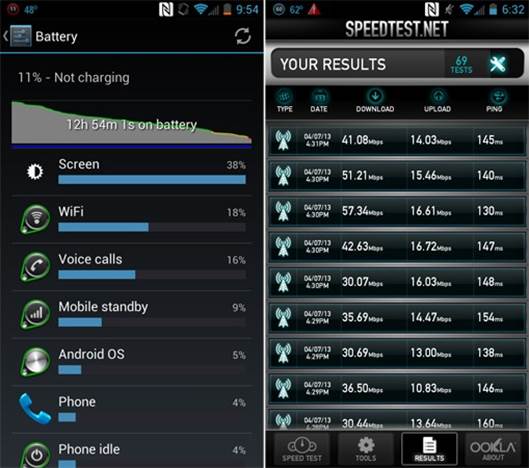Performance and battery life
HTC
First
·
Quadrant 2.0: 5,952
·
Vellamo 2.0: 2,239
·
AnTuTu 3.x: 11,267
·
SunSpider 0.9.1 (ms): 1,995
·
GLBenchmark Egypt 2.5 HD Offscreen (fps): 14
·
CF-Bench: 11,267

HTC
First
HTC One
·
Quadrant 2.0: 12,495
·
Vellamo 2.0: 2,429
·
AnTuTu 3.x: 25,140
·
SunSpider 0.9.1 (ms): 991
·
GLBenchmark Egypt 2.5 HD Offscreen (fps): 34
·
CF-Bench: 25,140

HTC
One
Samsung
Galaxy S III
·
Quadrant 2.0: 5,875
·
Vellamo 2.0: 1,626
·
AnTuTu 3.x: 10,944
·
SunSpider 0.9.1 (ms): 1,194
·
GLBenchmark Egypt 2.5 HD Offscreen (fps): 15
·
CF-Bench: 12,922

Samsung
Galaxy S III
SunSpider: lower scores are better.
Samsung Galaxy S III was tested on Android 4.1.
Lest we forget there is indeed a phone
underneath Facebook Home, let’s consider its performance. This is the first
time we have rated a device with a Qualcomm's Snapdragon 400 chipset, Adreno
305 GPU and 1GB of RAM. As the name implies, the 400 is not as strong as the
quad-core S4 Pro, Snapdragon 600 or 800, but as a 1.4GHz, 28nm dual-core
processor, it seems reasonable for something like the First. It is not for
savvy users, but it still needs to have enough power to ensure the performance
of the phone - or the lack of it - does not harm the Facebook brand.
These tests, as seen above, show that the
difference between a Snapdragon 400 and 600 is quite major, but this is not a
disappointment. Instead of that, a quick comparison between the First and the
quad-core performance of the Galaxy S III reveals a different story: the First
is as good - if not better as the 2012 flagship phone of Sammy in most of the
tests we have done. These are signs of stabilization for Qualcomm's technology
that has advanced far enough in the last year.

The
results of battery testing
Fortunately, in real-world use, the
problems are kept to a minimum. It is difficult to say that thanks to the 400
or the inherent First version that offers advantages in performance, but we did
not encounter any problems with regular use. Compared with our casual device
review, the key measure of the ability of the device only focuses on how well
Home performs throughout the user experience. Remember that this is the first
version of Facebook Home, there will have a bug or two, but unfortunately we
only saw a bug on numerous occasions: a black screen where the profile picture
or status update should have sat. Each time, we were able to go back and run
pretty fast and there were no cases of crashes or reboots occurring during our
tests.
With the trend of transmitting data in the
background, we initially intended to keep some external batteries just in case
that we ran out of the battery in the mid-day. Luckily, the 2,000mAh
Lithium-polymer battery was enough to help us to use for 14 hours, with Home
running on the average of usage throughout the entire time. Granted, you may
have less success when you increase your Home usage to high - and be more
successful when using the low setting. During our battery test, which includes
the constantly running an HD movie (with a variety of different settings that
were changed to ensure that we stick to the same standard test), the First
reached seven hours and 36 minutes, which was really better than what we had
waited. It compares well with the One X +, LG Optimus G Pro and other leading
devices.
We know that you will be enchanted if you
just look at the status updates fly across the screen, but we would like to
warn that your enchanted state might be sometimes interrupted by one phone call
– as you know, the old method of social networking. When that situation
happens, you should feel confident knowing that in our tests, all of the mobile
connections were good and the volume was rather sufficient. The external
loudspeakers were also better than average, but be careful not to block the
single speaker grille with your finger or other objects, which will choke the
sound.
The light-blue model we rated had the brand
of AT&T, so we were able to make use of the LTE network of the carrier. It
was very impressive as we had hoped: while our speeds in Salt Lake City reached
the average of 25 to 35Mbps download and 10Mbps upload, we got results as high
as 57Mbps download and 17 upload. Naturally, your speeds will differ from by
market, but needless to say, the First is as strong as any other AT&T LTE
devices that are currently placed on the store shelves.
Conclusion

HTC
First is aesthetically interesting, and surprisingly subtle for a 1.0 product.
The HTC First is appealing for two reasons.
For Facebook fans, it is now easier to uphold social connections with friends
and family. For the crowd of technology enthusiasts who are less interested in
the service, the phone is an inherent Android 4.1 device which comes with
AT&T LTE, which is still quite rare. The inclusion of this option was a
wise move towards Facebook; since it is hard to ask for the customers to sign a
two-year contract for an unproven product that depends too much on their
commitment with Facebook. In the worst case, it is quite a good mid-range phone
for $99 on contract (or $450 without any contract).
Facebook Home is imperfect, and nor will it
persuade many of the people who do not like Facebook to start to Like and
comment licentiously. But it is aesthetically interesting, and surprisingly
subtle for a 1.0 product. Also, if you download it to your phone through the
Play Store, it's free to use and easy to remove, which may make the software
widely appealing from the beginning. In the current situation, Home is less suitable
for those who are interested in performance, although it provides a bit of
entertainment for anyone simply looking for only a minute or two to waste
throughout the day. More importantly, Home is the proof that Facebook wishes to
attack the mobile market that has been saturated. It's hard to say whether it
will gain a victory in the battle, but it is bringing heavy weapons into the
battle.
Info
·
Product name: HTC First
·
Price: $ 100
Pros
·
Facebook Home is visually appealing.
·
Android 4.1 runs under Home UI.
·
Performance is stable.
·
The 720p screen is amazing.
Cons
·
Camera and video are poor.
·
Home crams the data.
Verdict
·
The First is the mid-range device above average,
and Facebook Home is a 1.0 stable product with plenty of room to develop.
|
HTC First
technical specifications
·
Dimensions: 125.99 x 65.04 x 8.89mm (4.96 x
2.56 x 0.35 inches)
·
Weight: 4.37 oz. (124g)
·
Screen size: 4.3 inches
·
Screen resolution: 1,280 x 720 (341 ppi)
·
Screen type: S-LCD2, non-PenTile
·
Battery: 2,000mAh Li-Polymer (non-removable)
·
Internal storage: 16GB
·
External storage: None
·
Rear camera: 5MP, BSI, f/2, 28mm lens
·
Front-facing camera: 1.6MP, BSI, ultrawide
angle
·
Video capture: 1,080p / 30 fps (rear); 720p
(front)
·
NFC: Yes
·
Radios Global: LTE 850/1,900; HSPA+
850/900/1,900/2,100; GSM/EDGE 850/900/1,800/1,900
·
AT&T: LTE 700/AWS (bands 4/17); HSPA+
850/1,900/2,100; GSM/EDGE 850/900/1,800/1,900
·
Bluetooth: v4.0
·
SoC: Qualcomm Snapdragon 400 (8930AB)
·
CPU: 1.4GHz dual-core
·
GPU: Adreno 305
·
RAM: 1GB LPDDR2
·
Entertainment: FM radio
·
WiFi: Dual-band, 802.11a/b/g/n,
·
Wireless Charging: No
·
Operating system: Android 4.1.2 (stock)
|